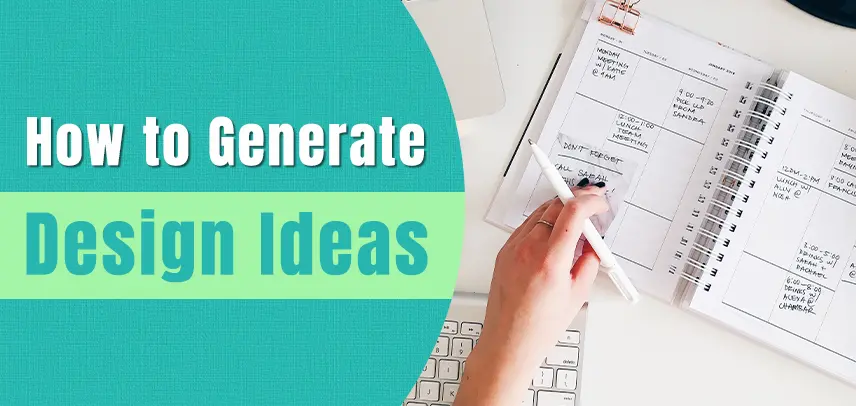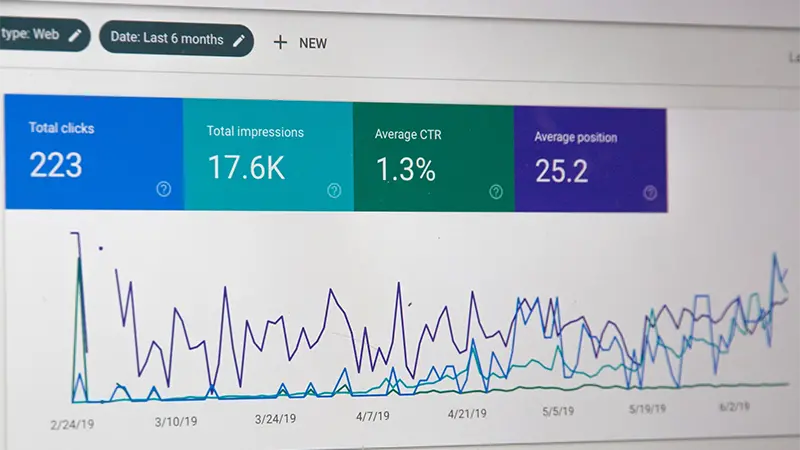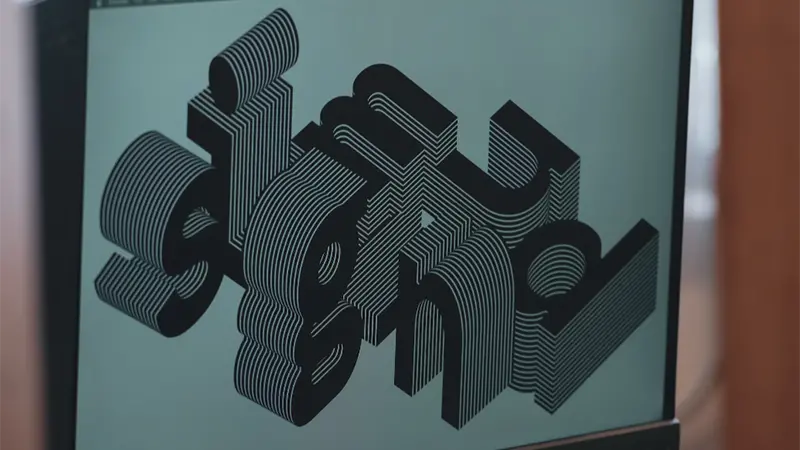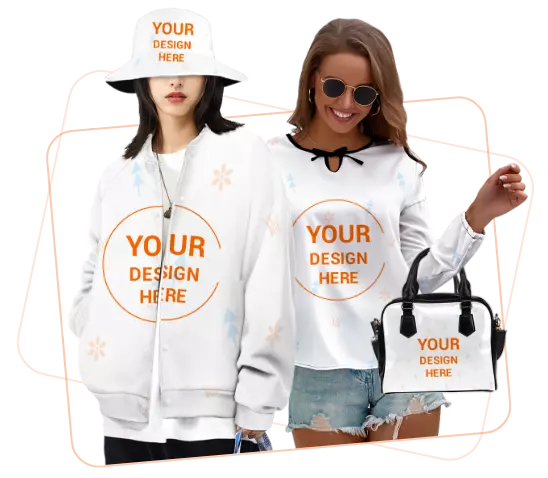
How to Generate Design Ideas for Print On Demand: A Comprehensive Guide
The Print On Demand (POD) industry is booming, offering a fantastic opportunity for creatives and entrepreneurs to earn passive income. But in a crowded market, success boils down to one thing: unique, compelling designs that people want to buy.
If you're staring at a blank screen wondering what to create next, you're in the right place. This guide will give you a repeatable process for generating print on demand design ideas that not only look great but also have the potential to sell.
Step 1: Start with Strategy, Not Just Art
Find Profitable Niches (and Sub-Niches)
Broad categories like "funny quotes" or "holiday themes" are often saturated. The real money is in sub-niches—more specific corners of a market with a passionate, underserved audience.
Instead of a broad niche, try drilling down:
- Broad: Hobbies - Niche: Reading - Sub-Niche: Book lovers who also love coffee.
- Broad: Professions - Niche: Nurses - Sub-Niche: Funny quotes for ER nurses.
- Broad: Animals - Niche: Dogs - Sub-Niche: Designs for Corgi owners.
This targeted approach makes you the "go-to" designer for a specific group, making your products easier to find and more likely to convert.

Analyze Your Competition (The Smart Way)
Look at what's already selling in your chosen niche. The goal isn't to copy, but to understand what works. Browse platforms like Etsy, Amazon Merch, and Redbubble.
Ask yourself:
- What are the best-selling designs?
- What colors, fonts, and layouts are popular?
- What are customers saying in the reviews? (This is a goldmine for ideas!)
- What is missing? Can you create a better, funnier, or more artistic version?
Step 2: Cultivate Your Creative Spark: Where to Find Inspiration
Once you have a niche, it's time to gather ideas. Inspiration is everywhere if you know where to look.
- Pop Culture & Media: Movies, TV shows, video games, and music are full of memorable quotes and moments. A trending meme or a classic film line can be the spark for a best-selling t-shirt.
- Nature's Patterns: From intricate leaf patterns to majestic mountain landscapes, nature offers an endless library of shapes, colors, and textures perfect for POD designs.
- Travel & Culture: The unique art, architecture, and patterns from different cultures can inspire beautiful and original designs. Think of Japanese wave patterns or intricate Moroccan tiles.
- Social Trends & Issues: Designs that tap into current events, social movements, or wellness trends (like mental health awareness or sustainability) can create a powerful connection with customers.
- Listen to Your Customers: Pay attention to feedback and requests. If customers are asking for something, that's a direct signal of demand.
- Explore Art & History: Visit virtual art galleries or browse history books. A vintage art style, a historical figure, or a classic painting can be reimagined into a modern POD design.
- Books & Literature: A powerful quote, a beloved character, or a fantasy world can inspire an entire collection of designs.
Step 3: Stay Safe: Navigating Copyright and Licensing
This is critical. Creating a design that infringes on someone else's intellectual property can get your store shut down and lead to legal trouble.
- Copyright & Trademarks: Never use protected characters, logos, brand names, or specific quotes from movies or songs unless you have a license. Just because you see others doing it doesn't make it legal. Use tools like the USPTO's TESS database to check if a phrase is trademarked. Ignorance is not a defense.
- Fonts & Graphics: Ensure you have the correct license for any fonts or graphics you use. Many free fonts (like on Google Fonts) are okay for commercial use, but always double-check the license. Platforms like Unsplash offer free images, but again, read the terms carefully.
Step 4: From Idea to Reality: Your Design Workflow
You have a niche and an idea. Now it's time to bring it to life.
Start with a Sketch: Don't jump straight to the computer. A quick pencil sketch helps you map out your layout and composition without getting bogged down by tools.
Go Digital: Transfer your sketch into design software.
For Beginners: Tools like Canva are user-friendly and have many templates.
For Professionals: Adobe Illustrator (for vector art) and Procreate (for digital drawing) are industry standards.
Refine and Test: Don't settle for your first draft. Experiment with different color palettes, fonts, and layouts. Get feedback from friends or online communities. If possible, run A/B tests on your ads or listings with different design variations to see which one performs better.

Conclusion: Your Path to a Successful POD Business
Generating great design ideas for your print on demand business is a skill that blends creativity with strategy. By identifying profitable niches, drawing inspiration from the world around you, respecting intellectual property, and refining your workflow, you can create a catalog of products that people love.
The key is consistency. Keep learning, keep experimenting, and keep creating. Soon, you'll have a thriving brand built on a foundation of fantastic designs.
Frequently Asked Questions (FAQ)
Q1: What print on demand designs sell the most?
Evergreen niches like pets (especially specific dog breeds), hobbies (fishing, gardening, reading), professions (nursing, teaching), and funny quotes consistently sell well. Tapping into seasonal holidays (Christmas, Halloween) and current trends is also profitable, but evergreen designs provide more stable, year-round income.
Q2: How do I find my niche in print on demand?
Start by listing your own passions, hobbies, and interests. It's much easier to design for a community you understand. From there, research the market size and competition for those interests. Look for niches with a dedicated fan base but not an overwhelming number of sellers.
Q3: Can I use images from Google for my POD designs?
Generally, no. Most images you find on Google Search are protected by copyright. You must use images that you created yourself, that are in the public domain, or for which you have purchased a specific commercial license allowing them to be printed on products for resale. Always assume an image is copyrighted unless you can prove otherwise.



